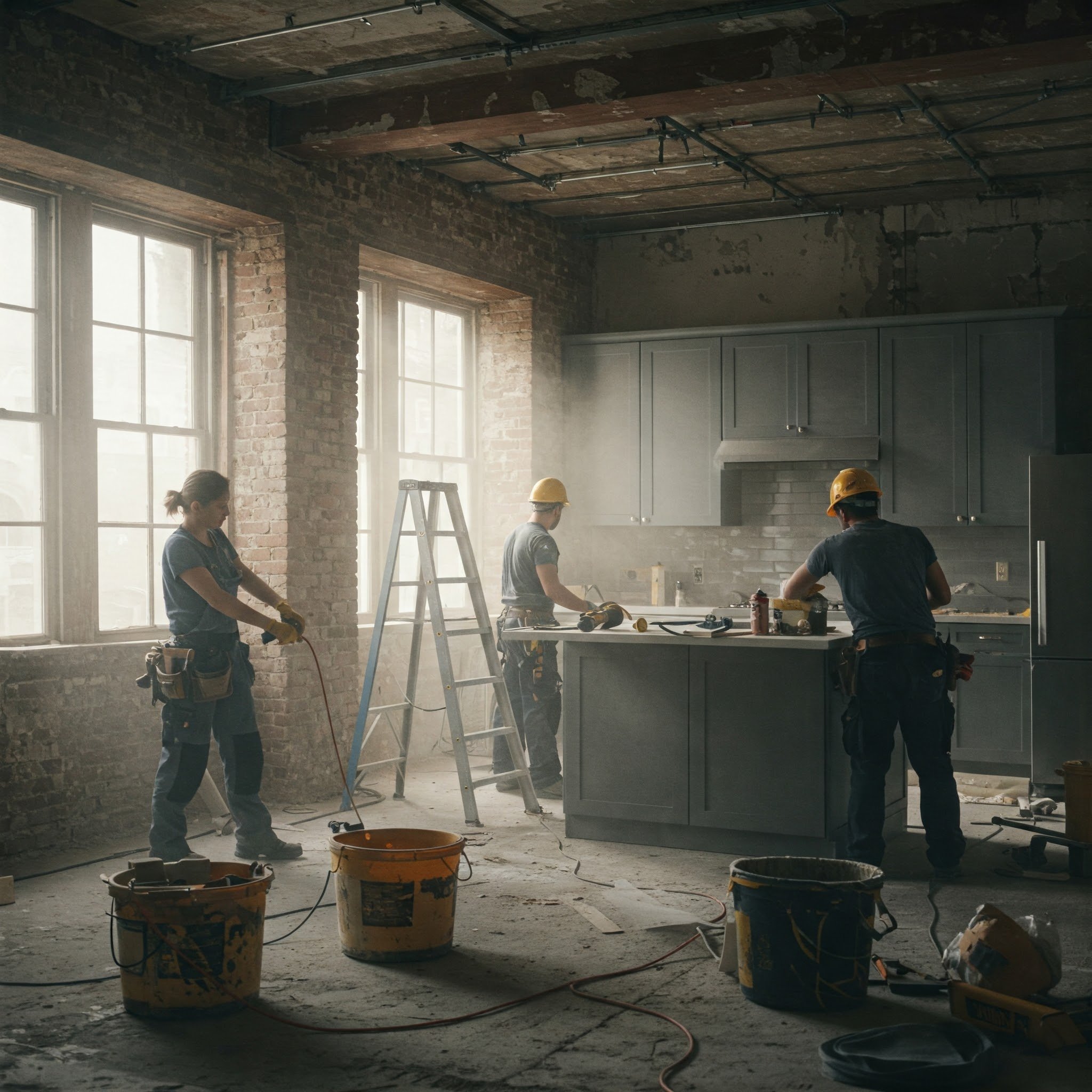How to Protect Yourself From Asbestos Exposure During Home Renovations
Stay safe during home renovations by learning how to identify and prevent asbestos exposure. Discover essential tips for a healthier living environment.
Are you planning to renovate or build a new home? If your property was built before 1990, a hidden danger might lurk within its walls: asbestos. This once-common building material is now infamous for its serious health risks, and disturbing it during renovations can release harmful fibers into the air.
Asbestos exposure is no joke, but with the proper precautions, you can protect yourself and your loved ones. Whether tackling a DIY project or overseeing a new build, knowing how to handle asbestos safely is essential. For peace of mind, trusted resources like nationalcompensationlawyers.com.au can guide you through your legal responsibilities and offer support if exposure becomes a concern.
Key Takeaways
Homes built before 1990 in Australia will likely contain asbestos in roofing, insulation, and flooring.
Always hire licensed professionals to identify and remove asbestos—DIY removal is dangerous and illegal.
Personal protective equipment (PPE) and proper containment measures are crucial to minimise exposure.
Australian regulations require the safe handling, removal, and disposal of asbestos to protect public health.
If you suspect asbestos exposure, consult experts like nationalcompensationlawyers.com.au for guidance.
Understanding the Risks of Asbestos Exposure
Asbestos is a natural mineral once prized for its durability and fire-resistant properties, making it a staple in Australian construction for decades. However, its tiny fibres are hazardous when inhaled, leading to severe illnesses such as:
Mesothelioma: An aggressive cancer affecting the lining of the lungs or abdomen.
Asbestosis: A chronic lung disease causing scarring and breathing difficulties.
Lung Cancer: Increased risk linked to prolonged asbestos exposure.
Common Places Asbestos Hides in Older Homes
If your home was built or renovated before 1990, asbestos might be present in:
Roofing and gutters.
Wall cladding and eaves.
Vinyl flooring and tile adhesives.
Insulation in ceilings and pipes.
How to Identify Asbestos in Your Home
The first step to staying safe is determining whether asbestos is present. Here’s how to go about it:
Signs Your Home Might Contain Asbestos:
Built or renovated between the 1940s and 1980s.
Materials like cement sheeting, corrugated roofing, or older floor tiles are present.
Hire a Professional Inspector:
Only a licensed asbestos assessor can confirm its presence. Avoid disturbing suspected materials yourself.Check Asbestos Registers:
Check its asbestos register to identify known risks if you’re renovating a commercial or shared property.
Precautions to Take Before Renovating or Building
Once you’ve identified asbestos in your property, it’s time to put safety measures in place:
Engage Licensed Professionals:
Asbestos removal requires special training and licences. Professionals have the equipment and expertise to handle it safely.Plan Your Work Carefully:
Create a clear plan to minimise disturbance to asbestos-containing materials (ACMs) and inform all workers of identified risks.Follow Australian Regulations:
Ensure all asbestos-related work complies with the rules set out by Safe Work Australia. Improper handling can result in hefty fines.
Tips to Protect Yourself During Renovations
Follow these practical tips to minimise asbestos exposure risks:
Wear Personal Protective Equipment (PPE)
Use disposable overalls, gloves, and a P2/N95 respirator to avoid inhaling fibres.Wet Surfaces
Dampen ACMs to reduce the release of airborne particles during removal.Seal Off Work Areas
Contain dust and debris by covering doors and windows with plastic sheeting and tape.Dispose of Asbestos Safely
Contact your local council for guidelines on proper disposal of asbestos waste.Avoid Power Tools
Cutting, sanding, or drilling ACMs can release fibres into the air.
What to Do If You Suspect Asbestos Exposure
Even with precautions, accidental exposure can happen. Here’s what to do if you disturb asbestos:
Stop Work Immediately: Avoid further disruption to minimise fibre release.
Leave the Area: Limit your exposure and ensure others stay away.
Call a Professional: Engage a licensed asbestos expert to assess and remediate the situation.
Monitor Your Health: Seek medical advice and record the incident for future reference.
Legal Responsibilities and Asbestos Safety Laws in Australia
Australia has strict regulations to protect homeowners and workers from asbestos exposure. Key points include:
Licensed Handling and Removal: Only accredited professionals can remove asbestos, following strict safety protocols.
Workplace Health and Safety (WHS) Compliance: Employers and contractors must ensure the safe handling of ACMs in construction projects.
Safe Disposal: Asbestos waste must be transported and disposed of at approved facilities.
Failing to comply with these laws can lead to significant fines and legal consequences.
Conclusion
Renovating or building a new home can be exciting, but asbestos exposure requires careful management. You can protect yourself and your loved ones from serious health risks by identifying potential asbestos hazards, hiring licensed professionals, and following safety guidelines.
If you’ve been exposed to asbestos or need expert legal advice, contact nationalcompensationlawyers.com.au. Their team specialises in asbestos-related claims and can help you navigate the complexities of compensation and legal rights. Stay safe, stay informed, and take the first step toward a safer renovation experience.























